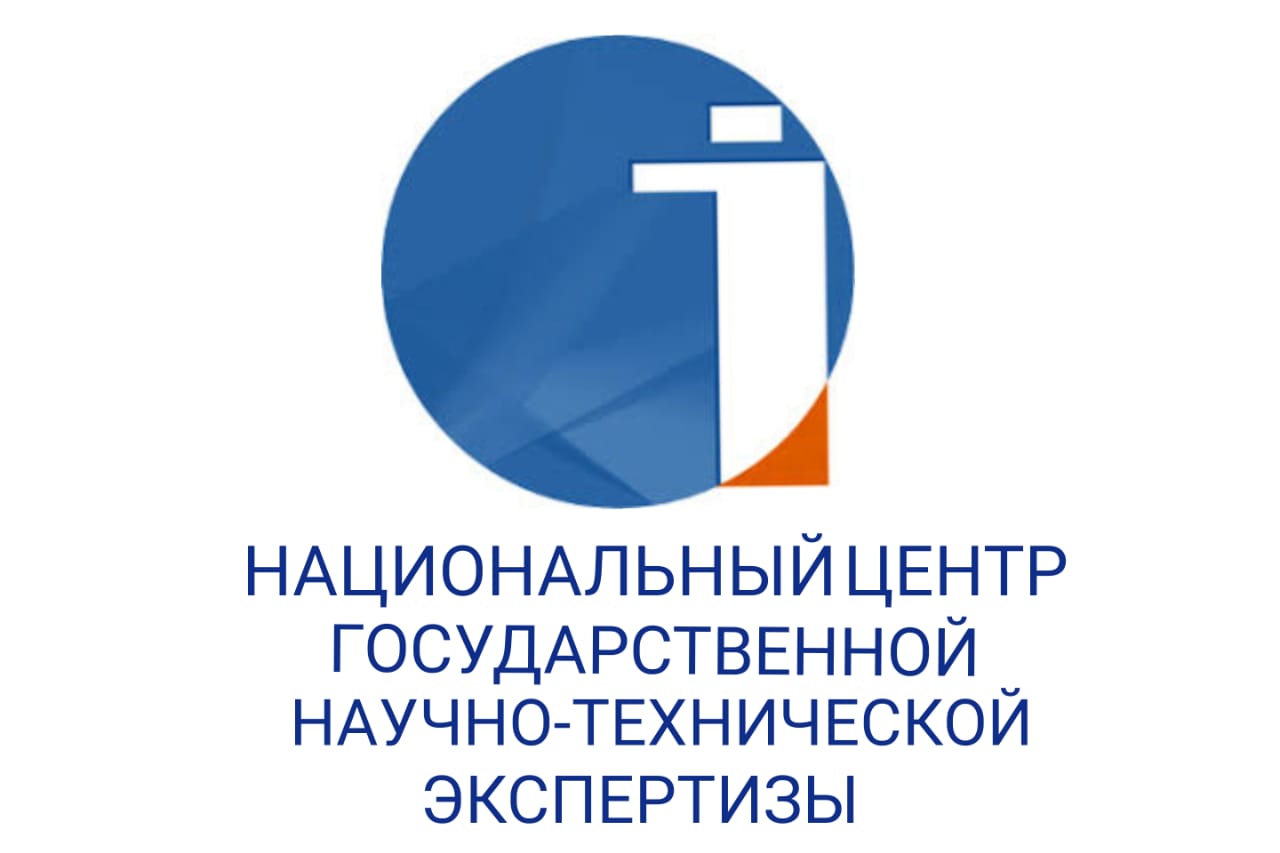LINGUOCULTURAL ASPECTS OF FILM TRANSLATION
DOI:
https://doi.org/10.48371/PHILS.2024.73.2.015Keywords:
film translation, linguistic and cultural aspects, interdisciplinary approach, culturally marked units, cultural realities, translation adaptation, translation methods, translation adequacyAbstract
This article is devoted to the study of linguistic and cultural aspects of film translation. The complexity of translation highlights the careful efforts needed to capture the essence of culturally rich historical novels in the cinematic realm. The translation of movies is more than just the transmission of dialogues. It is the art of displaying cultural contexts, expressing national character through language barriers. From the choice of vocabulary to the adaptation, each translation represents a balance between the original and the audience's understanding. Film translation is based on an interdisciplinary approach, drawing on knowledge of Linguistics, Cultural Studies and Film theory in order to achieve a comprehensive understanding of linguistic and cultural aspects in the field of film translation. Covering various genres, thematic studies effectively demonstrate the practical applicability of the results obtained in various cinematic contexts. Linguistic and cultural accuracy in preserving both the intended meaning and emotional resonance in various cultural and linguistic contexts is difficult and important for the translation of culturally marked words. The difficult task in film translation, as shown on the analysis of series “Downton Abbey” goes beyond linguistic knowledge, since culturally labeled words and express national peculiarities of British mentality. This requires in-depth knowledge of the linguistic and socio-cultural context and usage of various translation techniques.








